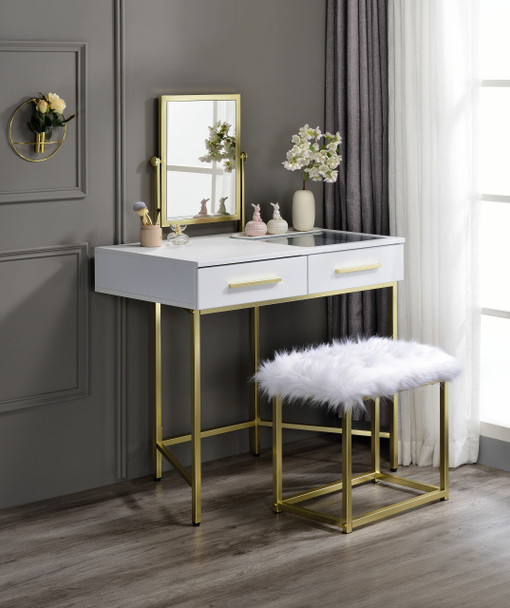
Proper bedroom lighting plays a crucial role in enhancing sleep quality and creating a relaxing environment. Here’s how you can use lighting to improve your sleep and make your bedroom a more restful space.
Understand the Importance of Lighting
Lighting affects your circadian rhythm, which regulates your sleep-wake cycle. The right lighting can help you fall asleep faster and wake up feeling more refreshed.
Natural Light
Natural light exposure during the day helps regulate your circadian rhythm. Ensure your bedroom receives plenty of natural light during the day by keeping windows unobstructed and using light, airy curtains.
Artificial Light
Artificial light in the evening can disrupt your circadian rhythm if it’s too bright. Use dim, warm lighting in the evening to signal to your body that it’s time to wind down.
Choose the Right Light Bulbs
The type of light bulbs you use in your bedroom furniture can impact your sleep quality.
Warm Light Bulbs
Choose warm light bulbs with a color temperature of around 2700K. These bulbs emit a soft, yellowish light that’s similar to natural evening light and helps promote relaxation.
Avoid Blue Light
Blue light from electronic devices and certain light bulbs can interfere with melatonin production and disrupt your sleep. Use blue light filters on your devices and choose light bulbs that minimize blue light emission.
Layer Your Lighting
Layering your lighting creates a cozy and functional environment.
Ambient Lighting
Ambient lighting provides overall illumination for the room. Use ceiling lights or wall-mounted fixtures to create a soft, diffused light.
Task Lighting
Task lighting is essential for activities like reading or getting dressed. Bedside lamps, reading lights, and vanity lights are good examples of task lighting.
Accent Lighting
Accent lighting adds a decorative touch and enhances the ambiance. Consider using string lights, LED strips, or decorative lamps to create a warm and inviting atmosphere.
Use Dimmers and Smart Lighting
Dimmers and smart lighting solutions allow you to customize your bedroom lighting to suit your needs.
Dimmers
Install dimmer switches to adjust the brightness of your lights. Lower the lights in the evening to create a relaxing environment and gradually increase the brightness in the morning to help wake up naturally.
Smart Lighting
Smart lighting systems can be programmed to change color and intensity throughout the day. Use smart bulbs or smart plugs to automate your lighting and create a sleep-friendly environment.
Create a Bedtime Routine with Lighting
Incorporate lighting into your bedtime routine to signal to your body that it’s time to sleep.
Wind Down with Soft Lighting
An hour before bed, switch to soft, dim lighting to help your body relax. Avoid bright lights and screen exposure during this time.
Use a Night Light
If you need a night light, choose one with a warm, low-intensity glow. This can provide enough light for nighttime activities without disrupting your sleep.
Morning Light Exposure
In the morning, expose yourself to bright light to help reset your circadian rhythm. Open your curtains or use a wake-up light that gradually increases in brightness to simulate a natural sunrise.
Conclusion
Bedroom lighting plays a vital role in enhancing sleep quality and creating a relaxing environment. By choosing the right light bulbs, layering your lighting, and incorporating smart lighting solutions, you can improve your sleep and make your bedroom a more restful space. Use lighting to create a bedtime routine that signals to your body that it’s time to wind down, and ensure you get plenty of natural light exposure during the day to support a healthy sleep-wake cycle.